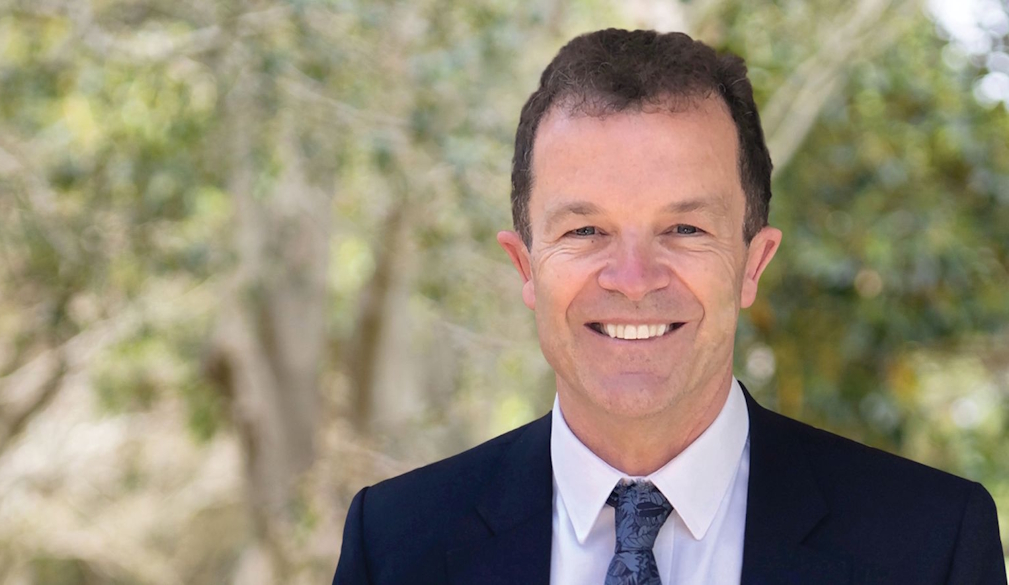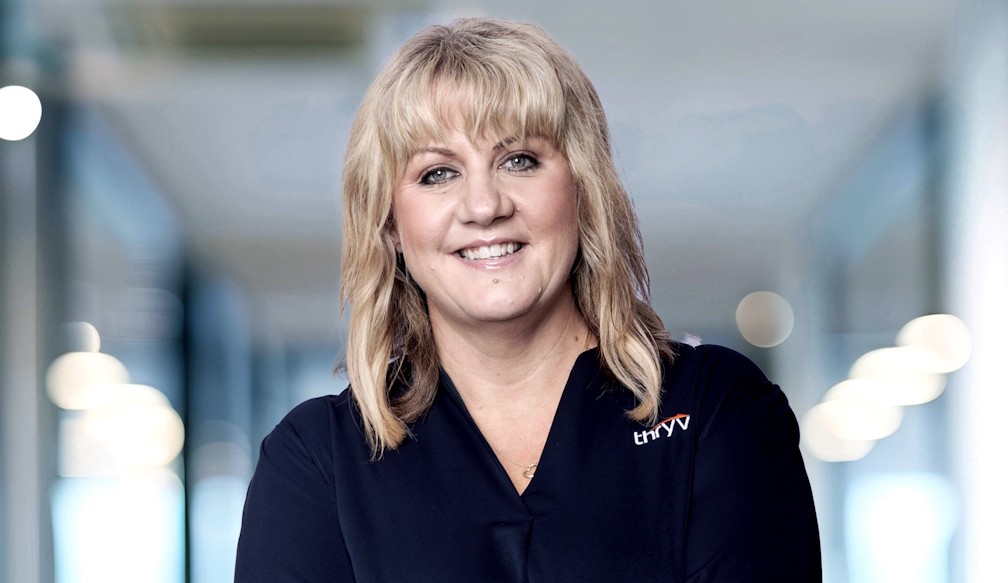Top Tips for Beginners Looking to Dive Into the World of Investments
Have you ever thought about growing your money instead of just saving it in a bank? Maybe you've heard people talk about investing, but it sounds confusing or risky. You’re not alone. Many people feel unsure about where to begin when they first consider putting their money into investments. It might seem like something only experts do, but in reality, anyone can learn how to invest wisely. Understanding the basics and taking small steps is often the best way to begin your journey.
In this blog, we will share top tips for beginners who are ready to explore the world of investments.
Start by Defining Your Financial Goals
Before you invest a single dollar, think about why you're doing it. What are you trying to achieve? Maybe you want to save for college, buy a house in ten years, or build a retirement fund. Defining your goals helps you decide which type of investments fit your needs. Short-term goals may need safer investments, while long-term goals can handle more risk.
Once you know your goals, you can build a plan around them. For example, if your goal is ten years away, you might look into stocks or mutual funds. But if your goal is just one year away, a savings account or short-term bond could work better. Setting a clear goal gives your investment journey direction and helps you stay focused when the market changes. Take your time with this step—it sets the tone for everything that follows.
Learn the Basics Before You Invest
Jumping into investing without knowing the basics is like driving a car without learning the rules of the road. There are different types of investments, like stocks, bonds, mutual funds, and exchange-traded funds (ETFs). Each has its own level of risk and return. Take some time to learn what each one means.
If you're wondering how to invest in stocks for beginners, start by reading easy guides online or watching beginner-friendly videos. Stocks represent ownership in a company, and when that company earns money, your stock can increase in value. But stocks can also go down, so it’s important to know the risks. Consider starting with small amounts and choosing well-known companies. Many online platforms let you practice with fake money first so you can get comfortable. The more you learn now, the fewer mistakes you'll make later.
Start Small and Stay Consistent
One big mistake new investors make is thinking they need thousands of dollars to start. The truth is, you can begin investing with as little as $5. Some apps even let you buy fractional shares, so you can own a piece of a stock instead of a whole one. What matters more than the amount is your consistency. Investing regularly—every week or month—can help your money grow steadily over time.
Staying consistent also builds a habit, which is important for long-term success. Even if the market has ups and downs, continuing to invest a small amount regularly can lead to big results in the future. This method, often called dollar-cost averaging, helps reduce the impact of short-term market changes. The key is to keep going and avoid stopping out of fear. Remember, investing is a long-term game, not a quick win.
Understand Risk and Don’t Fear It
All investments come with risks, but that doesn’t mean you should avoid them. Risk simply means there's a chance you could lose some money. But without some level of risk, your money won’t grow much either. What you need to do is figure out your comfort level. Are you okay with your investments going up and down, or would you prefer safer options that grow slowly but steadily?
Knowing your risk tolerance helps you choose the right investment mix. For example, younger investors often take more risk because they have time to recover from losses. Older investors might choose safer options to protect what they’ve earned. It’s okay to be cautious, but don’t let fear stop you from getting started. Risk is part of the process, and learning to manage it will make you a smarter investor in the long run.
Diversify Your Investment Portfolio
Putting all your money in one place is risky. If that one investment does poorly, you could lose a lot. That’s why experts talk about "diversification." This means spreading your money across different types of investments. You might invest in stocks, bonds, and real estate, for example. That way, if one area goes down, others might go up and help balance things out.
Diversification doesn’t have to be complicated. Many mutual funds and ETFs are already diversified because they include many different investments in one package. These are great choices for beginners because they reduce the risk that comes from relying on just one company or industry. Over time, you can adjust your portfolio based on your goals and how the market performs. Think of diversification as a smart way to protect your money while still allowing it to grow.
Keep Emotions Out of It
Investing can stir up a lot of emotions. When the market drops, you might feel scared and want to pull your money out. When it rises, you might want to buy more out of excitement. But acting on feelings can lead to poor decisions. It's better to follow a plan and stick to it, even when things get bumpy.
One way to control emotions is by avoiding constant checking of your investments. Watching them daily can make normal changes seem like big problems. Instead, check in once a month or once a quarter. This gives you a better view of long-term progress. Trust the plan you made based on your goals and stick with it. Over time, you’ll learn that patience is one of the most valuable tools in investing.
In conclusion, getting into investing for the first time can feel like a big step, but it doesn’t have to be scary. You don’t need a lot of money, special knowledge, or fancy tools to begin. You just need a clear reason, a basic understanding, and the courage to take your first step. Keep your goals in mind, stick to your plan, and don’t let fear hold you back. The journey may have ups and downs, but each step teaches you something new. Your future self will thank you for starting today.










